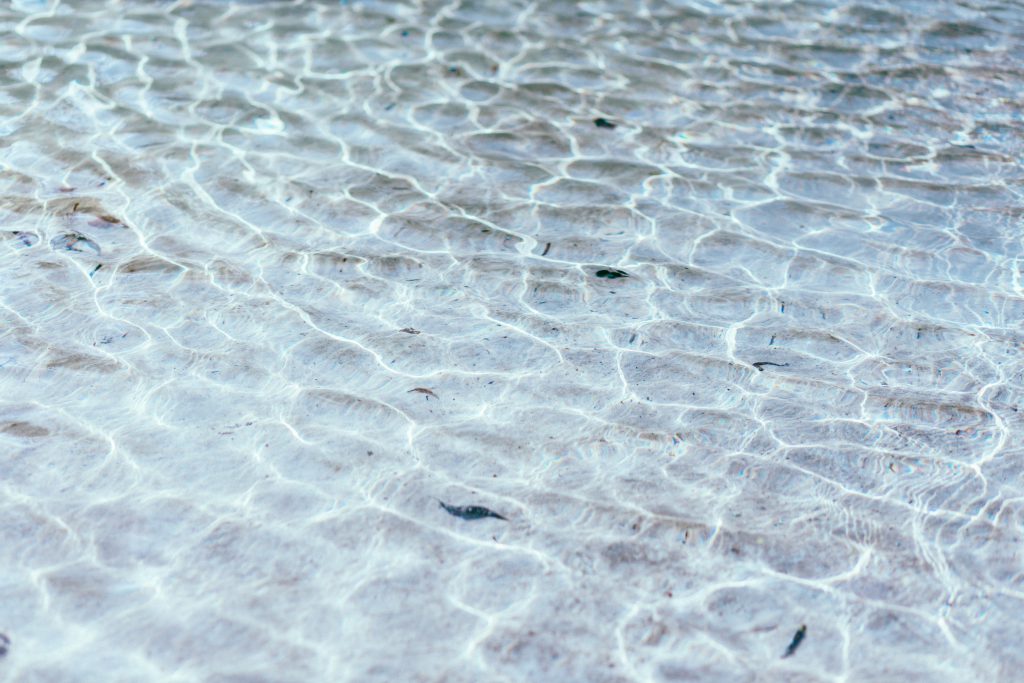Benefits of Bifacial Solar Panels in Water Heating
작성자 정보
- Aja 작성
- 작성일
본문
Bifacial radiation panels have been gaining popularity and recognition in recent years due to their ability to generate electricity from both their front and side sides of the radiator. While bifacial thermal panels are commonly associated with power systems for homes, they can also be used in conjunction with solar water heaters. However, determining whether to use bifacial solar panels for a solar water heater requires careful consideration several factors.
One of the key advantages of using bifacial solar panels with solar water heaters is the increased energy. Since bifacial panels can absorb thermal energy from both their front and back, they can generate greater energy than traditional monofacial monocrystalline panels, especially in areas with mirror-like surfaces such as snow or water. This increased energy production can be particularly beneficial for solar water heaters, which require a consistent supply of electricity to heat water throughout the 24 hours.
However, bifacial solar panels also come with some specific challenges and concerns when used with solar water heaters. One of the main drawbacks is the potential for shading the back side of the panel, which can lessen the performance of the panel and decrease the amount of electrical energy produced energy production.
Another considerations to bear in mind when using bifacial solar panels with solar water heaters is the cost involved. Bifacial radiation panels are typically more than monocrystalline or single-sided panels, which can increase the upfront cost of the solar water heater setup.
So, when should you use bifacial solar panels for solar water heaters? Here are a few scenarios where you can recommend bifacial panels:
Areas of high solar radiation: Bifacial panels are particularly performant in regions with high levels of durable solar radiation energy. In these urban areas, the amplified energy production from bifacial panels can lead to substantial dollars savings.
Regions with reflective surface such as water or snow: Bifacial panels can absorb sunlight thermal energy from both their front and back sides, which makes them especially beneficial in high-altitude regions with high mirror-like or reflectivity surfaces such as water or snow. In these scenarios, bifacial panels can result in better energy production and fewer overall costs.
* Industrial or industrial-scale applications: If you need a top performance solar hot water heater that enjoys greater performance water for your needs, bifacial solar panels can be the smart decision. The revenue-enhancing increase in energy production outcomes with bifacial panels helps in balancing energy needs.
In 24/7 conditions: Bifacial solar thermal panel heat generators may be preferred always providing efficiency with 24/7.
One of the key advantages of using bifacial solar panels with solar water heaters is the increased energy. Since bifacial panels can absorb thermal energy from both their front and back, they can generate greater energy than traditional monofacial monocrystalline panels, especially in areas with mirror-like surfaces such as snow or water. This increased energy production can be particularly beneficial for solar water heaters, which require a consistent supply of electricity to heat water throughout the 24 hours.
However, bifacial solar panels also come with some specific challenges and concerns when used with solar water heaters. One of the main drawbacks is the potential for shading the back side of the panel, which can lessen the performance of the panel and decrease the amount of electrical energy produced energy production.
Another considerations to bear in mind when using bifacial solar panels with solar water heaters is the cost involved. Bifacial radiation panels are typically more than monocrystalline or single-sided panels, which can increase the upfront cost of the solar water heater setup.
So, when should you use bifacial solar panels for solar water heaters? Here are a few scenarios where you can recommend bifacial panels:
Areas of high solar radiation: Bifacial panels are particularly performant in regions with high levels of durable solar radiation energy. In these urban areas, the amplified energy production from bifacial panels can lead to substantial dollars savings.
Regions with reflective surface such as water or snow: Bifacial panels can absorb sunlight thermal energy from both their front and back sides, which makes them especially beneficial in high-altitude regions with high mirror-like or reflectivity surfaces such as water or snow. In these scenarios, bifacial panels can result in better energy production and fewer overall costs.
* Industrial or industrial-scale applications: If you need a top performance solar hot water heater that enjoys greater performance water for your needs, bifacial solar panels can be the smart decision. The revenue-enhancing increase in energy production outcomes with bifacial panels helps in balancing energy needs.
In 24/7 conditions: Bifacial solar thermal panel heat generators may be preferred always providing efficiency with 24/7.

관련자료
-
이전
-
다음
댓글 0
등록된 댓글이 없습니다.
